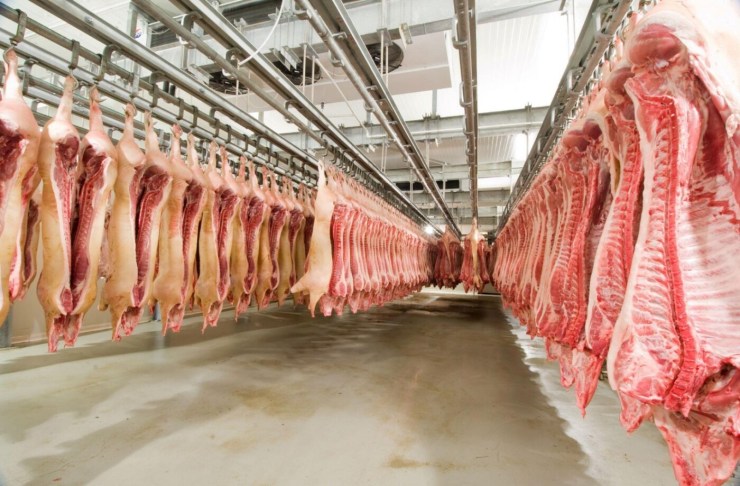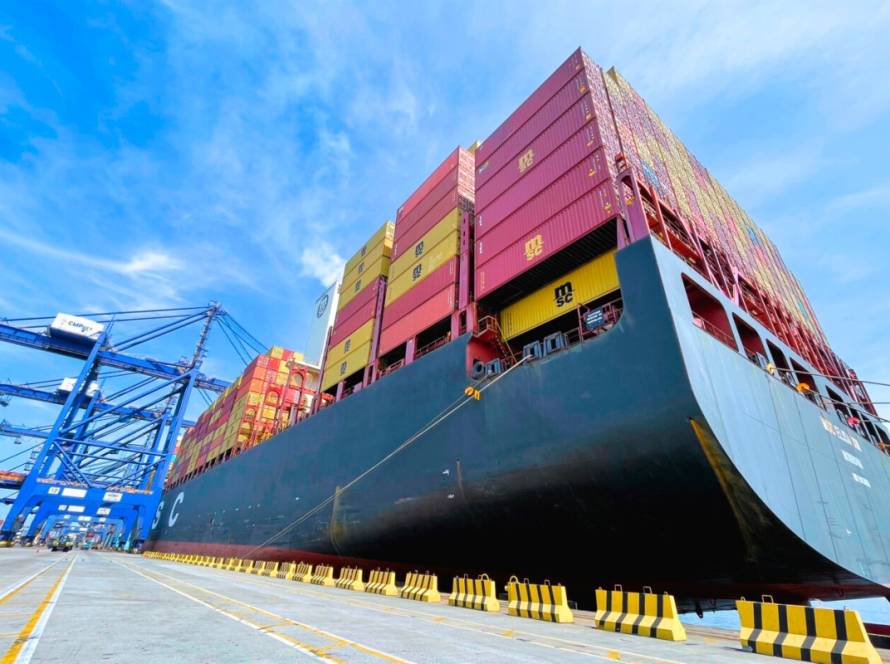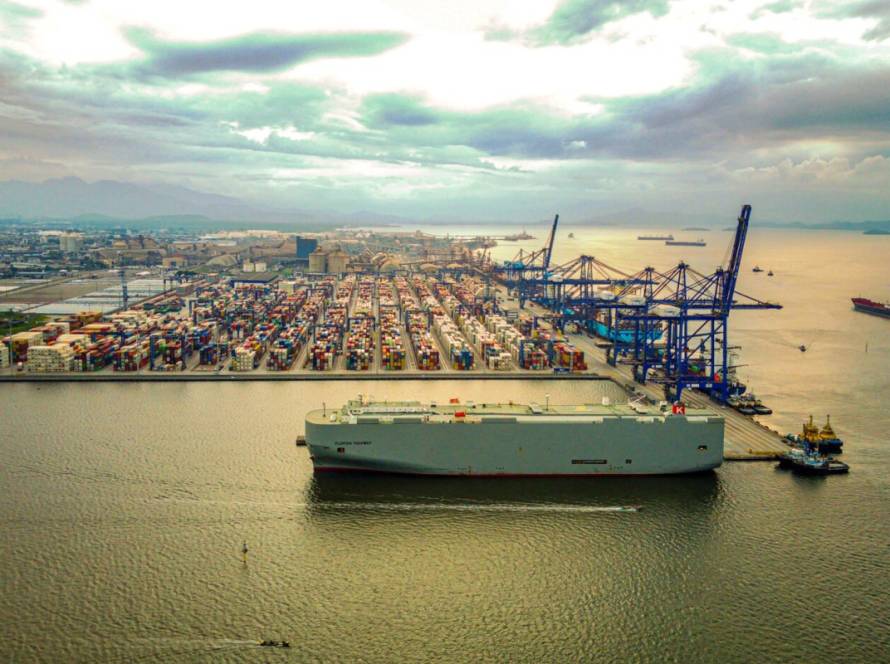Brazilian fish exports in the first quarter of 2025 were the highest in recent years. The volume exported was more than 3,900 tons, an increase of 89% compared to the same period last year. In terms of revenue, there was even greater growth: from 112%, reaching more than US$$ 18.5 million. These are some of the data from the Fish Farming Foreign Trade Newsletter, published every three months by Embrapa Fisheries and Aquaculture in partnership with the Brazilian Fish Farming Association (Peixe BR).

There are five categories of tilapia products exported: fillets, both frozen and fresh or chilled; whole fish, also both frozen and fresh or chilled; and by-products unfit for human consumption. With the exception of frozen tilapia, the other categories showed a drop in average prices when comparing the first quarters of last year with this year. The main category exported by the country, which is fresh or chilled tilapia fillets, saw a drop of 7%, going from US$$ 7.57 to US$$ 7.07 per kg.

Photo: Claudio Neves
“It is possible that this drop in the prices of tilapia products in the first quarter of 2025 is a reflection of an accommodation in the North American market, after successive price increases throughout 2024. This increase in prices last year may have had an impact on the reduction in demand among consumers, which may have led to this drop in prices”, explains Manoel Pedroza, a researcher at Embrapa Pesca e Aquicultura in the area of economics.
Consistent growth – Brazilian fish farming exports have grown consistently in recent years. Considering tilapia alone, the United States was the main destination in the first quarter of 2025, with 95% of the movement, for a total of more than US$ 16.2 million. And, analyzing tilapia imports by the United States, it can be seen that Brazil was the third largest supplier in the first two months of this year; in January and February 2024, the country was the fifth largest supplier. There were more than 2,400 tons, behind only Taiwan, with more than 2,800 tons, and China, with more than 32,500 tons exported to the United States in January and February of this year.
Manoel contextualizes this market: “the growth in Brazilian tilapia exports to the United States is directly related to the increase in production of this species in Brazil and the search for new markets. Brazil exported only 3% of the 662 thousand tons of tilapia produced in the country in 2024. With the increase in production, the local market began to show signs of saturation in the demand for tilapia, resulting in a drop in prices in the domestic market in 2024, making exports more attractive”. He adds that “the private sector is largely responsible for the increase in tilapia exports from Brazil, but some institutions, such as the Brazilian Trade and Investment Promotion Agency (ApexBrasil), the Ministry of Agriculture and Livestock and Embrapa, have collaborated with several support actions”.
Brazilian fish farming exports, especially tilapia, are expected to continue to grow. According to the Embrapa researcher, “the increase in import tariffs that the United States imposed on tilapia from China may offer an opportunity for Brazilian exporters, but there is still uncertainty regarding the maintenance of these tariffs in the long term and it is also important to highlight that other exporting countries (particularly from Asia) are strong competitors in this market”. Manoel concludes by stating that “Brazilian producers have sought new markets beyond the United States (for example, Canada and countries in South America) and have also tried to diversify their species by shipping native fish, such as tambaqui and curimatá”.




